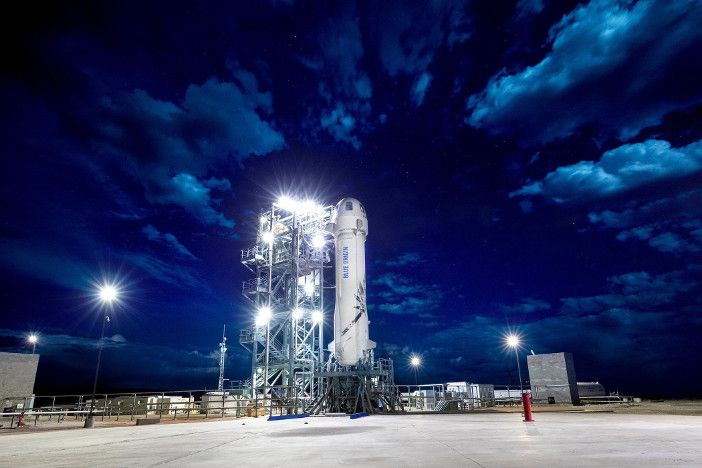Blue Origin has successfully run a high altitude flight test for the escape motor of its New Shepard reusable launch platform.
The test flight, which was the ninth for the Blue Origin reusable rocket and took place on July 18 2018, saw engineers fire the escape motor shortly after booster separation. Blue Origin said in a statement, “The test on M9 allowed us to finally characterize escape motor performance in the near-vacuum of space and guarantee that we can safely return our astronauts in any phase of flight.
“The crew capsule was pushed hard by the escape test and we stressed the rocket to test that astronauts can get away from an anomaly at any time during flight. The mission was a success and astronauts would have had an exhilarating ride and safe landing.”
The New Shepard reusable launch system is a vertical-takeoff, vertical-landing, suborbital manned rocket being developed by Blue Origin as a commercial system for suborbital space tourism.
Blue Origin, which is backed by Amazon-founder Jeff Bezos, has simulated booster failures to test the escape system before, once in October 2012 on the launch pad and then in October 2016 in-flight at Max Q, the most physically strenuous point in the flight for the rocket.
The configuration of New Shepard’s escape motor differs from most other spacecraft designs in that it is mounted underneath the capsule and pushes the crew capsule away from a failing booster. According to Blue Origin this will enable the escape motor to be reused on successive missions to saves costs.
A full replay of the latest flight test can be viewed below.





